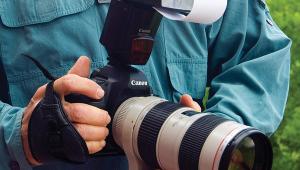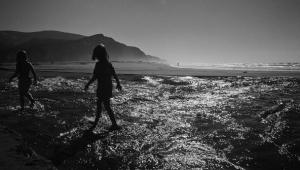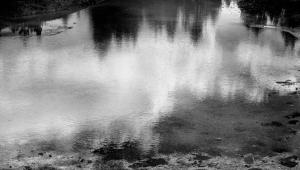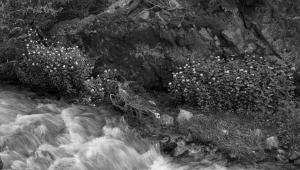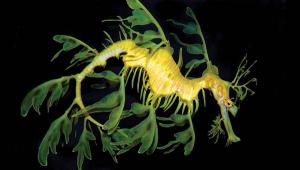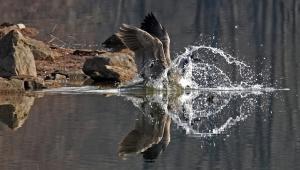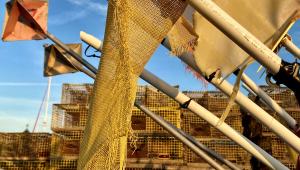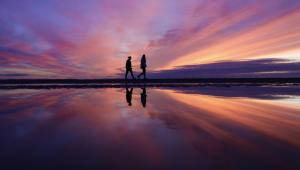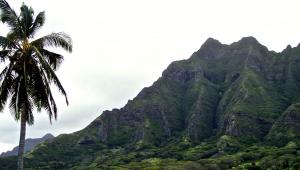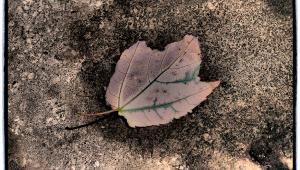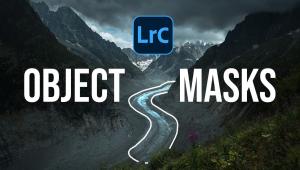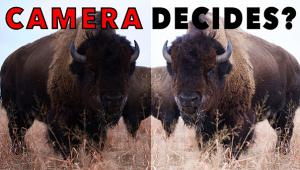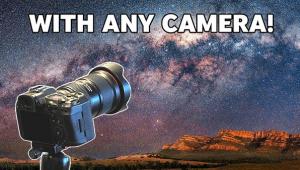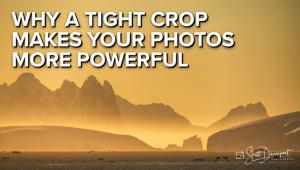Hubble Photos: When Galaxies Collide
![]()
Hubble Photos: When Galaxies Collide
By Ron Leach
For most of us, the term "photography" brings to mind topics like portraiture, wildlife, sports, macro, landscapes, journalism and other genres popular with professional photographers and passionate hobbyists alike. Science and industry, of course comprises another interesting realm of imagery as evidenced by a new set of 59 striking images released by NASA recently on the 18th anniversary of the Hubble Space Telescope.
These amazing images show galactic collisions and are the largest collection of Hubble images ever released together. The new collection captures galaxies in various stages of the collision process and illustrates the variety of new and unusual shapes the mergers can create. The gallery can be found at: http://www.space.com/php/multimedia/imagegallery/igviewer.php?gid=373.
Launched in 1990, the Hubble Space Telescope (HST) was named after Edwin Hubble (1889-1953) who discovered the expansion of the universe and formulated what is now know as Hubble's Law. This large orbiting observatory has revolutionized astronomy with its deep and clear views of the Universe--from our own solar system to remote galaxies formed after the Big Bang some 13.7 billion years ago.
The HST's spectral range extends from the ultraviolet, through the visible and into the near infrared. With a primary mirror 94.5 inches in diameter, Hubble is not particularly large by modern ground-based standards, but it achieves what NASA calls "heroic" results in space. It orbits our planet every 97 minutes from a distance of 360 miles above the Earth's surface.
Take a look at the images: you won't be disappointed.
- Log in or register to post comments

